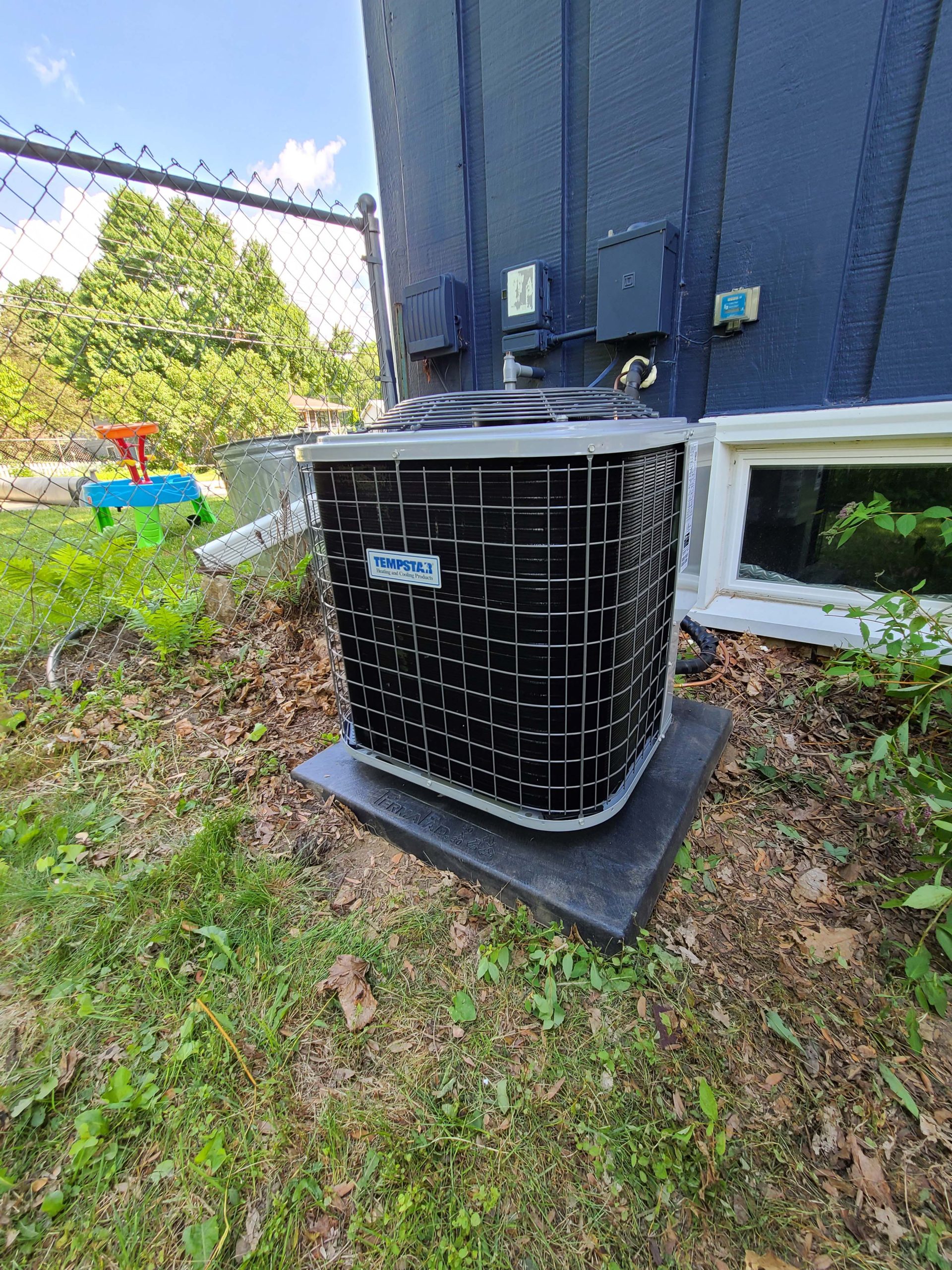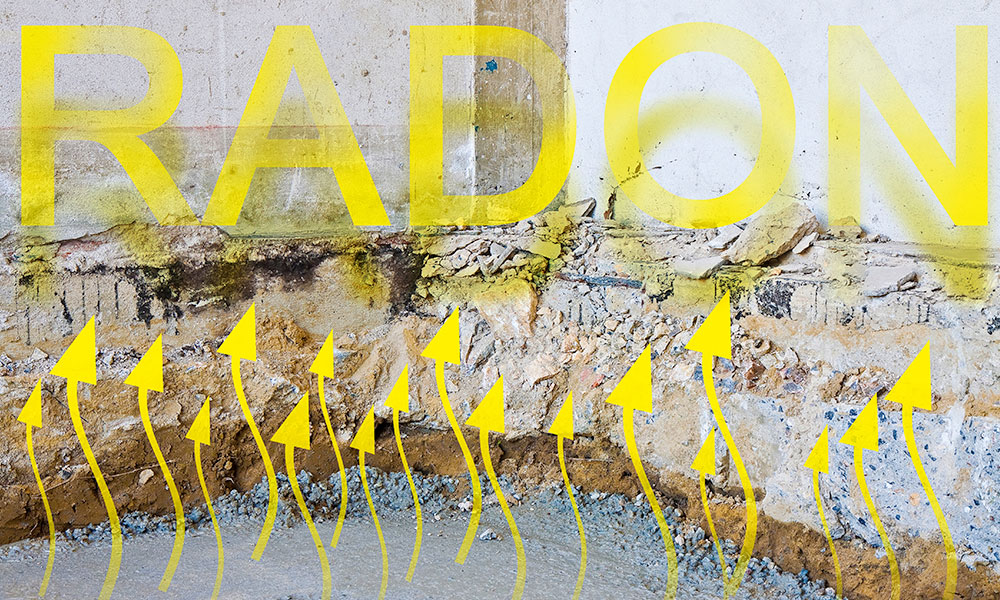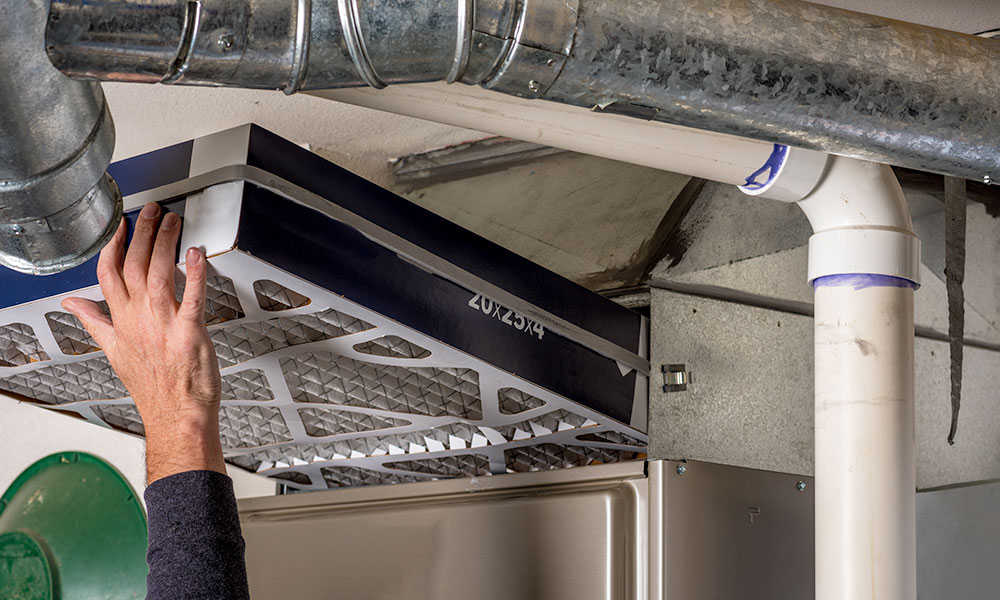Suppose you have radon testing performed in your home, and your radon levels come back high. In that case, a radon mitigation professional will determine what type of radon mitigation system you will need to install to emit the gasses from your home.
When a professional radon company tests your home, they will test the lowest level of your home, whether that’s a basement or a crawl space.
The lowest level of your home will have the highest levels, and radon gas moves up into your home from there.
A professional radon contractor will install equipment in your home, including a radon vent pipe and a radon fan, that will release the radioactive gases from the interior of your home to the outside.
Radon mitigation aims to reduce radon levels below 4.0 picocuries per liter (pCi/L).
Ideally, your radon mitigation system will reduce your average radon level far below 4.0pCi/L.
Your system will either prevent radon from getting into your home or reduce the radon levels already in the house.
Mitigation systems can divide into either active or passive systems.
- Active radon mitigation system: A common radon reduction method is an active radon mitigation system. These systems use a radon fan to move radon outside the home via a radon vent pipe usually installed in an attic.
- Passive radon mitigation system: Passive radon mitigation systems use a radon vent pipe without a radon fan but do the same thing.
Passive radon systems are most often used in new construction to keep radon levels from building up inside the home.
Contractors typically work with a radon professional to properly install the system.
If the radon levels inside a home are extremely high (above 8 pCi/L), passive systems generally won’t move enough radon out of the house.
Active systems are preferred because they do the best job of keeping your radon levels very low, ensuring your family is safe from high exposure.
Fortunately, an experienced radon specialist can generally upgrade a passive system to an active system if your home has high levels.
You should utilize qualified radon professionals to install an active or passive radon mitigation system if you’re building a new home.
Having a professional install your system is the best way to ensure your radon mitigation system will work properly.
If you have a home with a passive radon mitigation system, be sure to test your radon levels to ensure that they never get too high.





